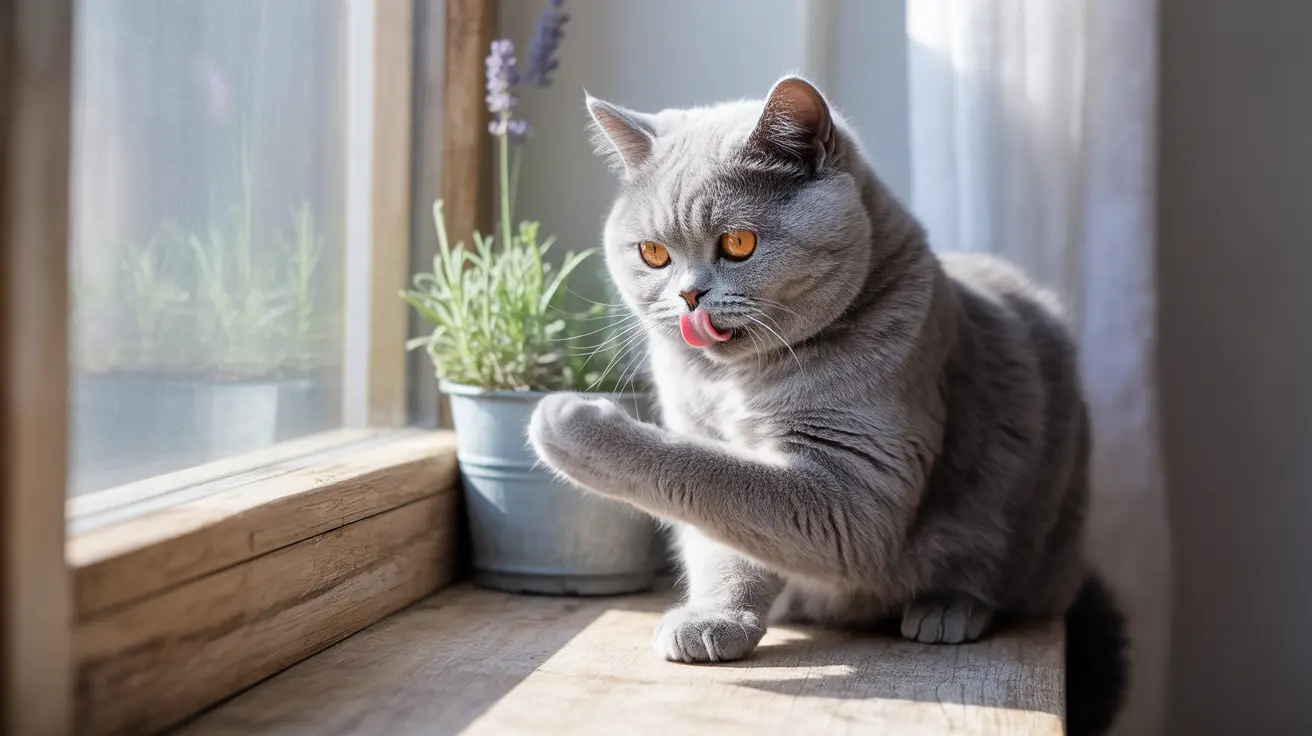Introduction
Many pet owners wonder about the cleanliness of their cats' mouths, especially given how much time felines spend grooming themselves. While cats are indeed meticulous about their hygiene, the reality about their oral cleanliness might surprise you. Let's dive deep into the fascinating world of feline oral health and discover what really lurks inside your cat's mouth.
Understanding the true nature of cats' oral hygiene isn't just about satisfying curiosity – it's crucial for both feline health and human safety. From bacterial composition to potential health risks, this comprehensive guide will help you separate fact from fiction.
The Truth About Cats' Mouth Bacteria
Contrary to popular belief, cats' mouths are not cleaner than human mouths. In fact, they harbor a diverse array of bacteria, including some potentially harmful species. While humans have approximately 700 different bacterial species in their mouths, cats have their own unique oral microbiome specifically adapted to their feline nature.
Some of the most common bacteria found in cats' mouths include Pasteurella multocida, present in 70-90% of cats, and Bartonella henselae, the bacterium responsible for cat scratch fever. These organisms can pose serious health risks, especially when transmitted through bites or scratches.
Understanding Your Cat's Oral Hygiene
Cats maintain their oral hygiene primarily through grooming, using their specialized tongues covered in backward-facing spines called papillae. While this natural grooming process helps remove debris and spread saliva, which contains some antibacterial properties, it's not enough to prevent all oral health issues.
By age three, approximately 70% of cats develop some form of dental disease, highlighting the importance of proper dental care beyond natural grooming habits.
Health Risks and Safety Considerations
Cat bites and scratches can lead to serious infections due to the bacteria present in their mouths. Even a seemingly minor bite can introduce harmful bacteria deep into tissue, potentially causing severe infections that may require medical attention or even hospitalization.
This is particularly concerning for individuals with compromised immune systems, the elderly, and young children. It's essential to seek immediate medical attention if you receive a cat bite, as these wounds can become seriously infected within hours.
Maintaining Your Cat's Oral Health
Regular dental care is crucial for preventing oral health issues in cats. This includes daily tooth brushing (using cat-specific toothpaste), providing dental treats, and scheduling regular veterinary dental check-ups. Professional cleaning under anesthesia may be necessary for cats with existing dental issues.
Watch for signs of dental problems, including bad breath, decreased appetite, drooling, or pawing at the mouth. Early intervention can prevent more serious health complications down the line.
Frequently Asked Questions
Why is it important to avoid letting my cat lick my face or open wounds?
Cat saliva contains numerous bacteria that can cause infections in humans. When cats lick open wounds or faces, these bacteria can enter the bloodstream or cause local infections. This is especially dangerous for people with weakened immune systems.
What are the common bacteria found in a cat's mouth that can cause infections in humans?
Common harmful bacteria include Pasteurella multocida, Bartonella henselae (cat scratch fever), Capnocytophaga canimorsus, and sometimes antibiotic-resistant strains like MRSA. These can cause serious infections if transmitted to humans.
How can I protect myself from cat bites and scratches, especially if I have a weakened immune system?
Avoid rough play that might lead to bites or scratches, wear protective gloves when necessary, and seek immediate medical attention if bitten or scratched. Keep your cat's nails trimmed and maintain their health to reduce aggressive behavior.
Is it true that cats' mouths are cleaner than humans', and what risks are associated with their oral bacteria?
No, this is a myth. Cats' mouths contain numerous bacteria that can be harmful to humans. While different from human oral bacteria, feline mouth bacteria can cause serious infections and should not be considered "clean."
How can I maintain my cat's oral health and prevent dental diseases?
Maintain regular dental care through daily brushing, provide dental treats and toys, schedule professional cleanings, and monitor for signs of dental problems. Early prevention and intervention are key to maintaining good oral health.
Conclusion
While cats are excellent self-groomers, their mouths are far from sterile environments. Understanding the reality about feline oral bacteria helps us better protect both our cats' health and our own. Regular dental care, proper hygiene practices, and prompt attention to any bites or scratches are essential for maintaining a healthy relationship with our feline friends.






